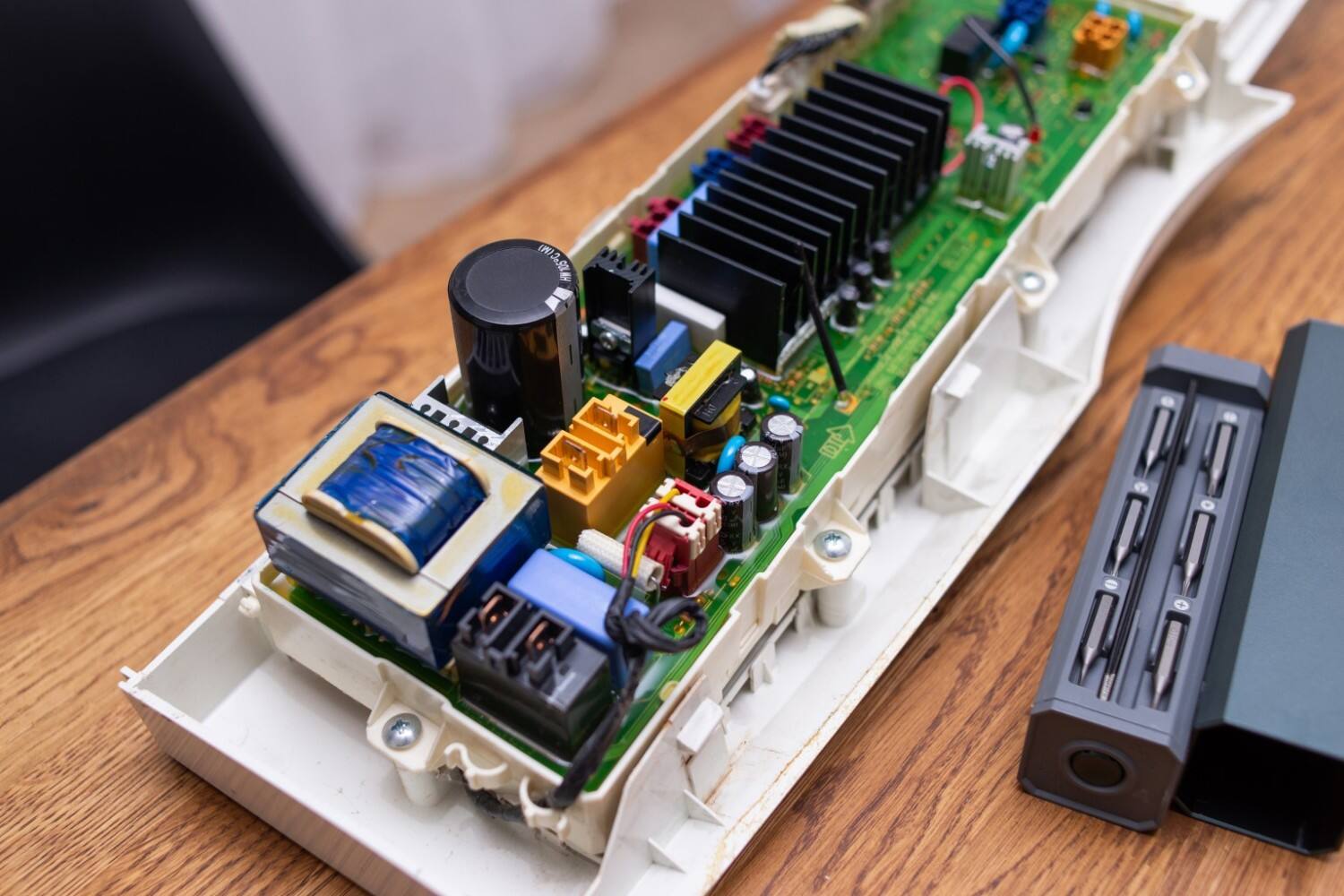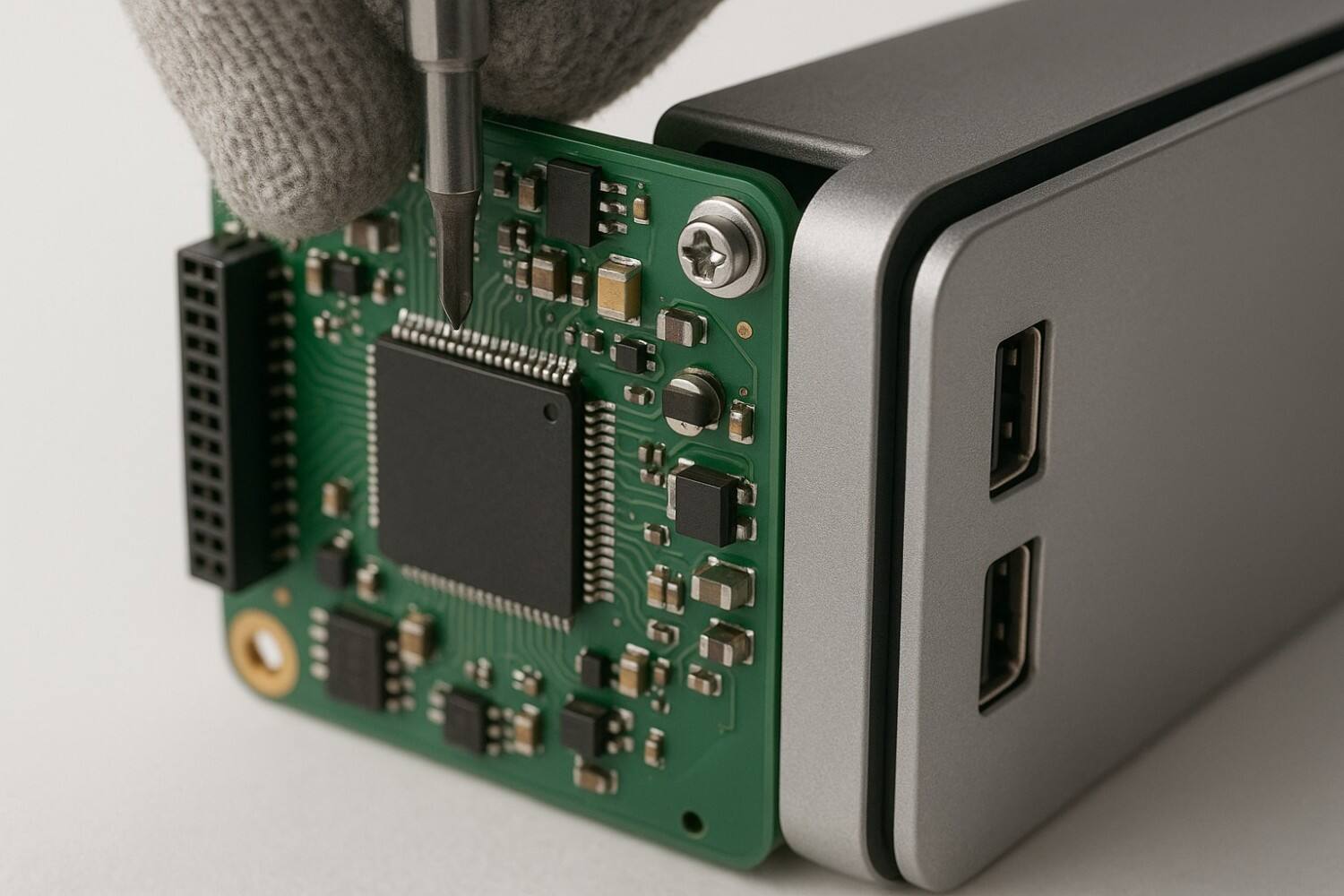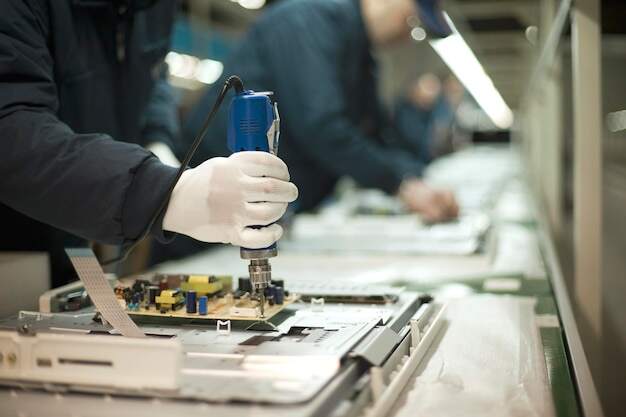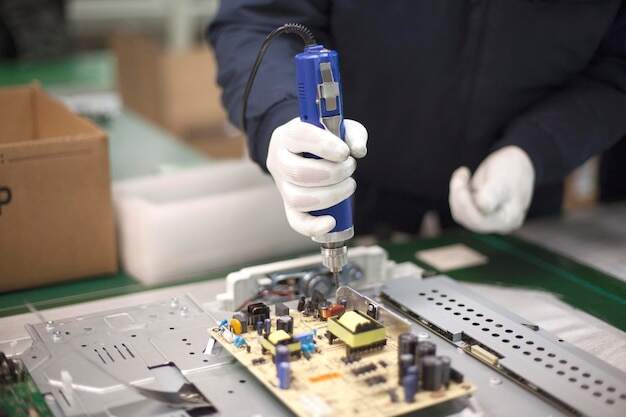With the rapid development of AI, the Internet of Things, and automation technologies, the application scenarios of electronic products are constantly expanding—from industrial control equipment to smart homes, from medical devices to automotive electronics. The market demand for products that are "fast-delivered, stable, reliable, and highly integrated" is becoming increasingly urgent. In traditional electronics manufacturing, companies often need to work with multiple suppliers for PCB assembly, housing processing, and cable connections. This not only creates a cumbersome process and high communication costs, but also can impact quality and delivery time due to interoperability issues.
Box Build Assembly is a one-stop electronics integration service designed to address this pain point. It centralizes the entire product process, from design optimization and material procurement to PCB assembly, housing integration, and functional testing, into a single supplier.

During the product design phase, box assembly suppliers are deeply involved, providing professional advice through Design for Manufacturability (DFM). For example, they assess whether component tolerances are reasonable, whether material selection is compatible with the production process, and the spatial compatibility between the exterior and internal structures. This step, like a "pre-construction drawing review," can identify design risks that could impact mass production, such as part size conflicts and excessive assembly difficulty. This allows collaboration with the customer to optimize tooling solutions, laying a solid foundation for subsequent production.
Suppliers centrally procure all materials required for the product, from PCB boards and electronic components to housings, cables, and mechanical parts. The key to this step is balancing efficiency and cost. Suppliers must develop inventory strategies based on the material's MOQ, lead time, and the customer's production plan to avoid production delays due to material shortages and prevent excessive inventory from tying up funds.
This stage is the core production process for box assembly. Through a multi-step collaborative process, discrete components are integrated into a unit with basic functions:

1. More manageable costs: Eliminating the need to work with multiple suppliers reduces material transfer costs between factories, repeated quality inspection fees, and the administrative costs of multi-step communication.
2. Shorter delivery cycles: The supply chain is coordinated by a single supplier, eliminating the need for multiple suppliers. Furthermore, design-for-manufacturing (DFM) optimization during the design phase reduces rework later, and streamlined administrative processes shorten the overall lead time.
3. More stable quality: The entire production process is completed within a single system, with unified quality standards, minimizing the discrepancies caused by collaboration across multiple factories. Suppliers will establish quality inspection points at every stage, ensuring full quality traceability throughout the entire process.
4. Greater flexibility: Supports diverse collaboration models: Customers can choose from "turnkey services," where the entire process is entrusted from design to finished product, or "customer-provided materials processing," where the customer provides some of the materials. Substitutions and customized subassemblies can also be adjusted based on customer needs. Customers only need to work with a single supplier, ensuring more direct communication and faster implementation of adjustments.

Despite its significant advantages, boxed assembly still faces some challenges, which professional suppliers can address through systematic measures:
1. High threshold for manual labor: Some precision assembly requires manual work. Suppliers will establish a skills certification system, ensuring certified operators through training and assessment to reduce error rates.
2. High precision requirements for multi-part assembly: 3D measuring instruments and automated assembly robots are introduced to achieve precise calibration of part dimensions.
3. Difficulties in communication and collaboration throughout the entire production cycle: Establish a transparent collaboration mechanism, share progress data from design to mass production, hold regular project meetings to align requirements, and avoid rework due to information gaps.
4. Difficulty in maintaining consistent quality: Implement full production line audits, regularly check process parameters at each stage, and solidify operations through SOPs to ensure consistent quality across each batch.

PCBally has been deeply involved in the boxed assembly industry for many years, leveraging its targeted capabilities to address industry pain points and provide reliable support to customers:
Our experienced engineering team provides Design for Factoring (DFM) optimization during the design phase and quickly responds to issues during mass production, ensuring product feasibility from concept to implementation.
We are certified to ISO9001 and IATF16949, and have established a comprehensive quality inspection system from incoming materials to shipped finished products. Materials must pass compliance audits, such as RoHS environmental certification, and quality inspection records are maintained at every step of the assembly process, with traceable test data to prevent inferior products from entering the market.
We have established a diverse supplier network and developed contingency plans for emergencies such as material shortages and shipping delays. We manage inventory through digital systems, balancing timely supply with cost control to ensure uninterrupted production.
Leveraging the advantages of centralized procurement, we reduce material costs and minimize waste through process optimization. While ensuring quality, we provide customers with competitive quotes, achieving both efficient integration and manageable costs.